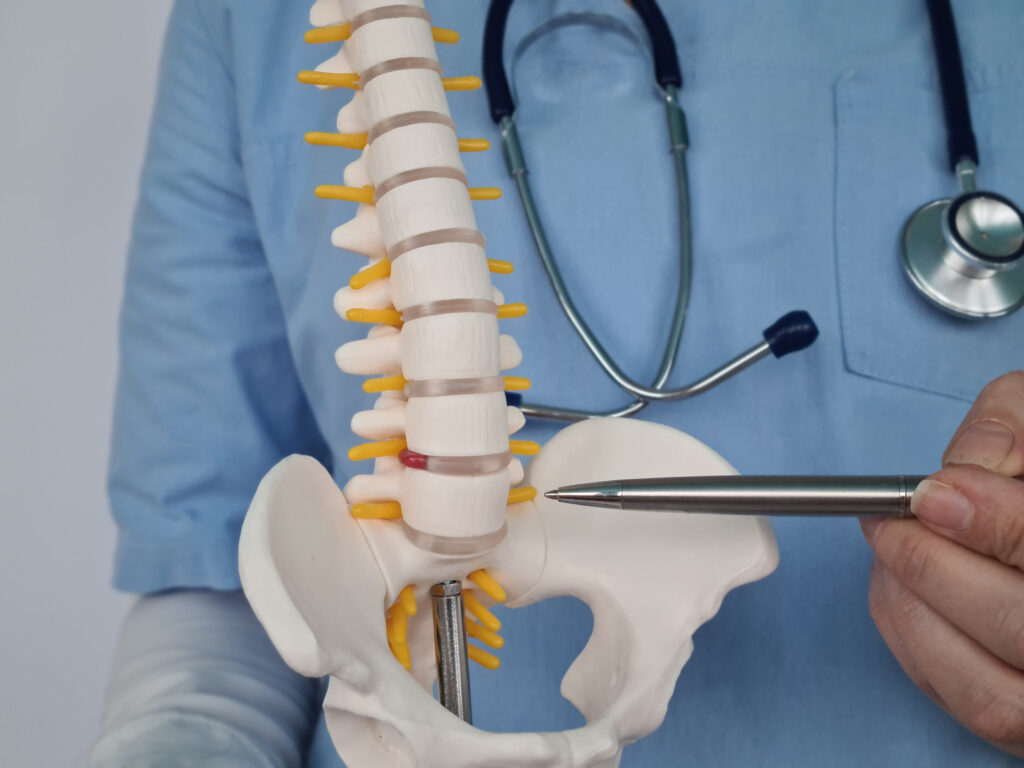Recent Advances in Regenerative Therapies for Lumbar Disc Degeneration
Lumbar disc degeneration is a prevalent condition that significantly impacts the quality of life for many individuals. Current first-line treatment options primarily focus on symptom management and do not address the underlying disease process, structure, or function of degenerated intervertebral discs (IVDs). A recent review by Takashi Sono, Koichiro Shima, Takayoshi Shimizu, Koichi Murata, Shuichi Matsuda, and Bungo Otsuki sheds light on the latest advancements and challenges in regenerative therapies aimed at restoring lumbar disc health.
The review highlights that while traditional treatments provide some relief, they fail to modify the degenerative process or regenerate the normal composition of IVDs. In response to these limitations, researchers have begun exploring cell-based therapies as a promising avenue for IVD regeneration. These therapies focus on restoring the extracellular matrix of the IVD and alleviating inflammatory conditions associated with degeneration.
One of the most promising approaches involves the use of Mesenchymal Stem Cells (MSCs). Clinical trials have reported encouraging outcomes, indicating that MSCs can reduce pain and enhance functional recovery in patients suffering from lumbar disc degeneration. In addition to MSCs, nucleus pulposus (NP) cells, known for their unique regenerative capacities, present another potential treatment avenue.
The authors discuss various biomaterials designed for NP replacement in IVD regeneration, which include both synthetic and biological materials. These biomaterials aim to restore disc height and maintain segmental stability without compromising the integrity of the annulus fibrosus. Composite IVD replacements that combine multiple biomaterial strategies to replicate the native disc structure—including organized annulus fibrosus and NP components—show significant promise as well.
Moreover, preclinical studies have demonstrated the efficacy of regenerative medicine therapies utilizing a combination of cells, biomaterials, growth factors, platelet-rich plasma (PRP), and other biological agents in repairing degenerated lumbar discs. Despite the advancements, the review underscores the challenges and limitations that these therapies face in terms of clinical translation.
The authors emphasize the need for further research to address these challenges, aiming to refine these regenerative therapies and enhance their applicability in clinical settings. As research continues to evolve in this field, the hope is to develop effective solutions that not only relieve symptoms but also restore the structure and function of degenerated lumbar discs, ultimately improving patient outcomes.
In conclusion, the journey towards effective regenerative therapies for lumbar disc degeneration is ongoing, with significant progress being made. The collective efforts of researchers like Sono, Shima, Shimizu, Murata, Matsuda, and Otsuki pave the way for innovative treatments that could transform the management of this debilitating condition.


